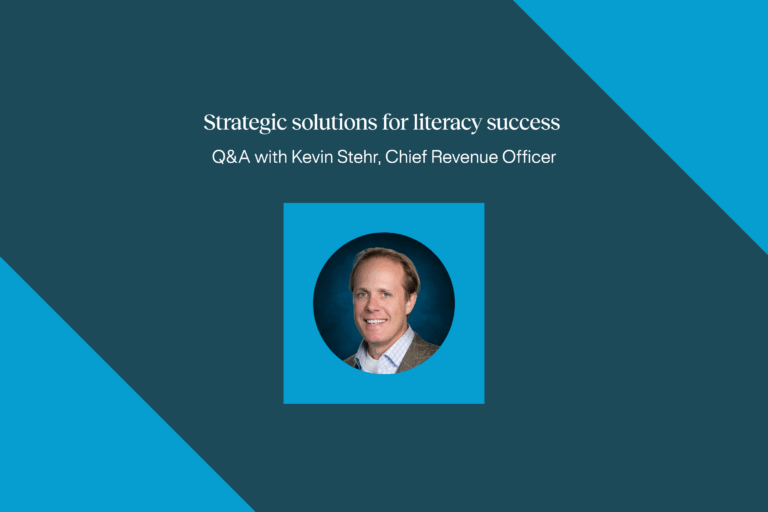Grade three worksheets in the bigger picture

We know from the science of reading that struggling readers need explicit reading instruction in comprehension. This post offers a Think-Aloud Modeling strategy as a powerful alternative to worksheets to support student progress in reading comprehension.
There is a time and a place for worksheets when it comes to teaching 3rd grade reading comprehension. Worksheets can be beneficial to:
- Assess how much your students know
- Demonstrate how well they can master the material independently
- Identify areas that need to be revisited and reinforced for each student
While we believe worksheets are useful to a certain extent, struggling readers need explicit reading comprehension instruction to master these skills. What are alternatives to introducing and furthering student progress with reading comprehension over and above worksheets? Here is a strategy we recommend: Think-Aloud Modeling.
Think-Aloud Modeling in Teaching Comprehension Processes
Here are 3 basics behind think-alouds:
- They’re used to provide explicit modeling of what proficient readers do, with the goal that students will learn to apply these processes themselves as they read.
- Thinking aloud is the way teachers make their metacognition visible to students. Metacognition is often described as thinking about thinking.
- Think-alouds are a means to an end. The end is for students to be able to use the process while reading. The scaffolded approach of a teacher modeling during an I Do, then guiding students during the We Do, and letting students apply the process to text during the You Do, is a way to remove scaffolding gradually.

I often give examples when teaching workshops with teachers of either choosing a corner of the ceiling or hopping from one stool to another. The idea is to show students what you’re THINKING while reading. So you read a passage aloud, then stop periodically and look at a spot in the room (like a corner of the ceiling) and tell students that when I look up I’m sharing my thoughts like a speech bubble on a cartoon. What I’m saying is not written in the text, but rather it’s what I’m thinking. Or, hop to a second stool and tell students that when you do this, you’re saying what you’re thinking and not what’s written in the text.
Susan L. Hall, Ed.D.
With the think-aloud, explain to students that they will have a chance to try it with you, and then do it alone, later. Worksheet usage—especially in the area of comprehension, which occurs in the mind of the reader and can be expressed in different, better ways—should be the exception rather than the rule. At some point the students have to become independent. Once comprehension is explicitly taught, and instruction is provided through small group activities, 3rd grade reading comprehension worksheets may (or may not) be appropriate.
Great Teachers Go Beyond Worksheets
Great teachers explicitly teach reading comprehension strategies to help students to understand their reading. If you haven’t seen our Comprehension Process Continuum, we invite you to join the thousands of other educators who have used this recommended strategy sequence to improve comprehension skills for struggling readers. This resource includes student-friendly definitions for six critical reading comprehension strategies. Download a copy of our Comprehension Strategies Continuum and try it your classroom today.



